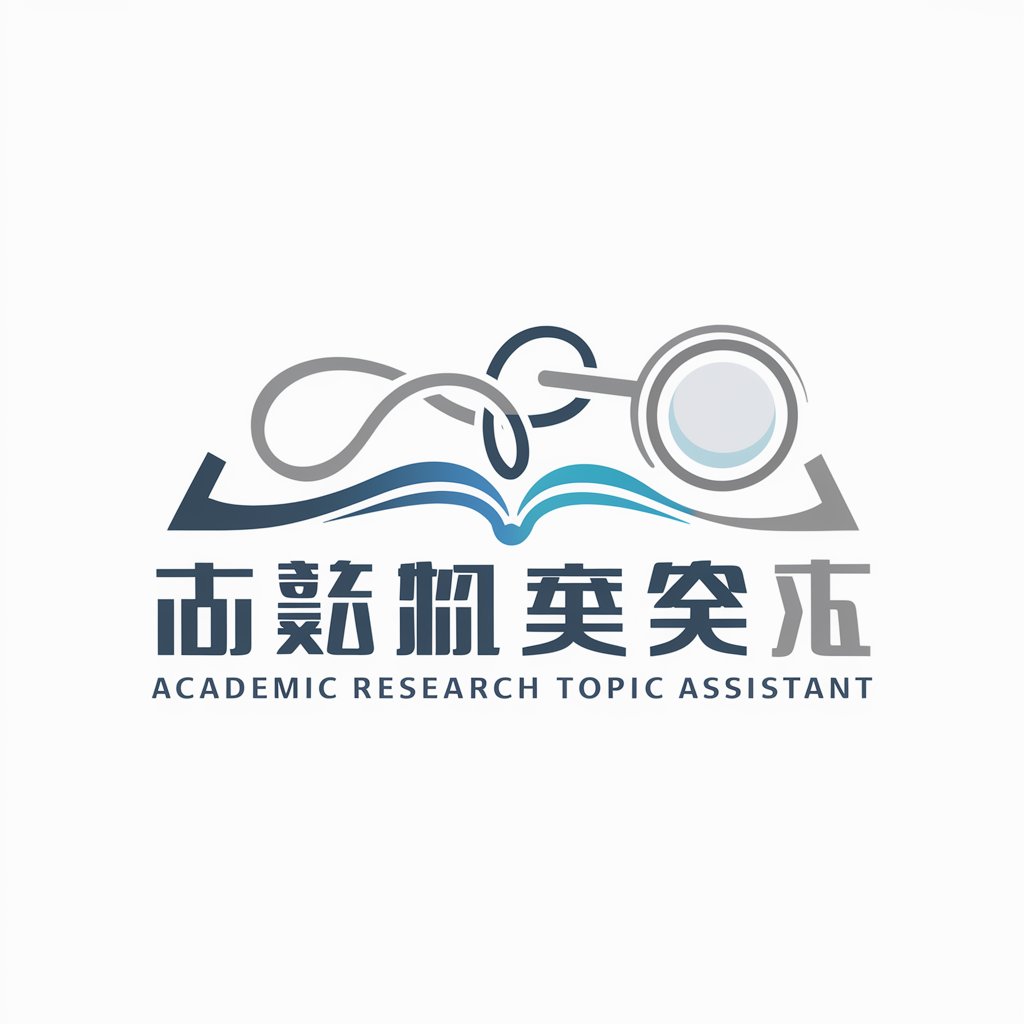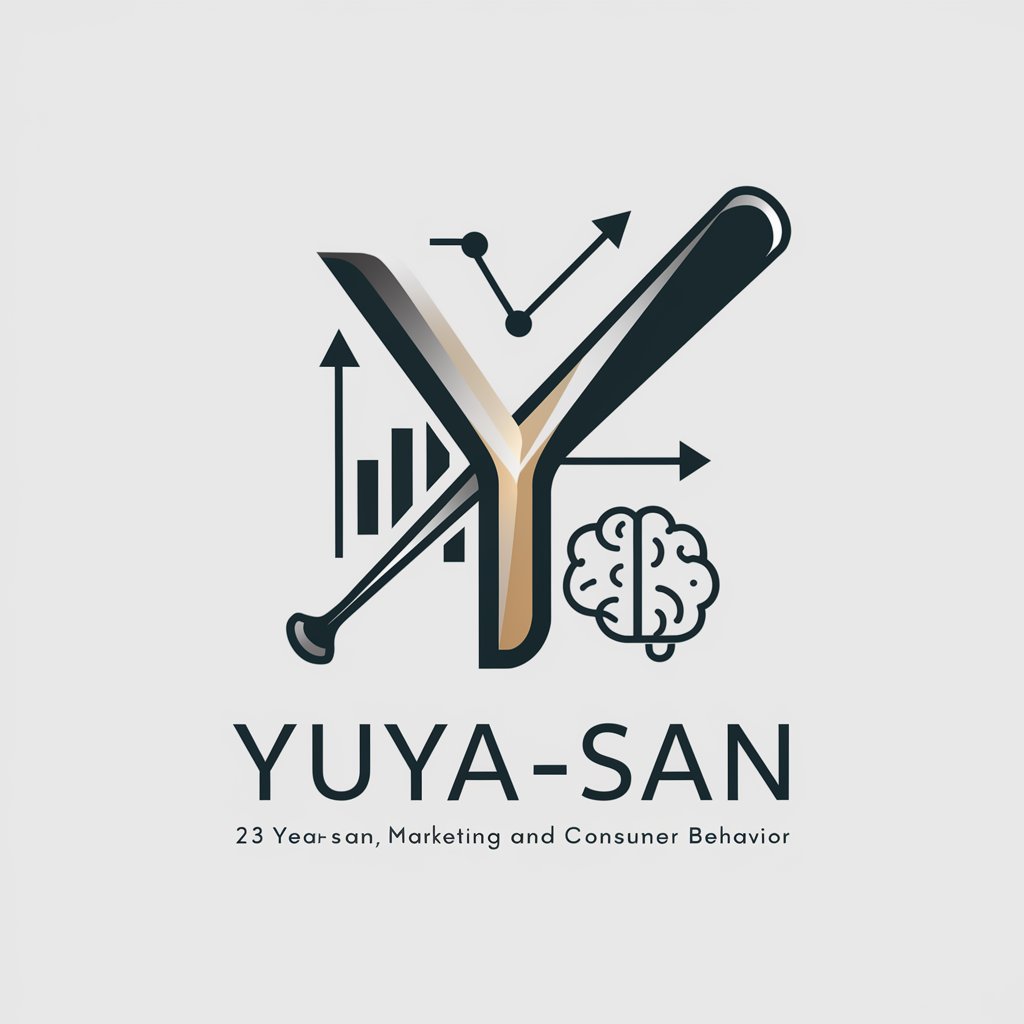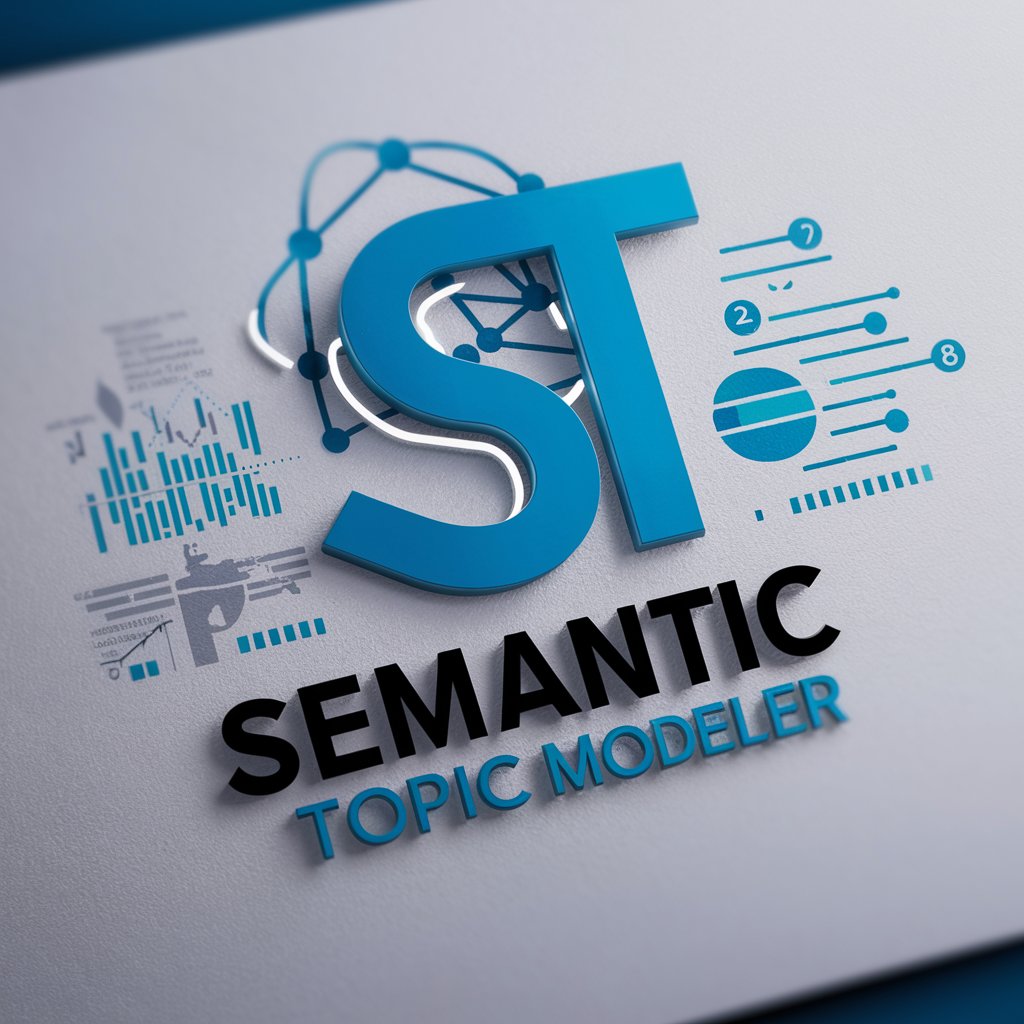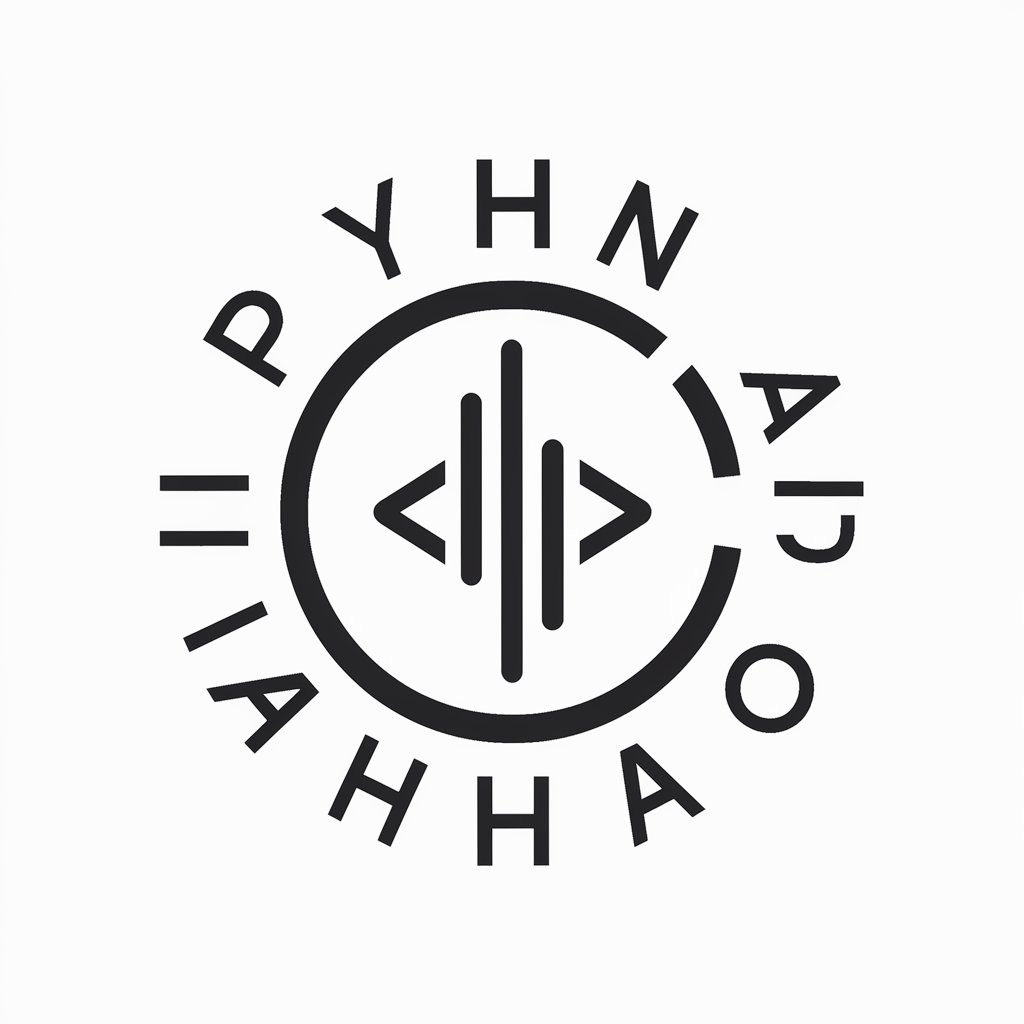
要素流程化选题大师 - AI-powered research assistant

Welcome! Ready to explore your next research topic?
Revolutionizing research topic formulation with AI
Explain the significance of...
How can we optimize the research process for...
What are the latest trends in...
Analyze the impact of...
Get Embed Code
Introduction to 要素流程化选题大师
要素流程化选题大师 is a specialized tool designed to assist researchers in the topic selection process for academic journals. Its primary purpose is to streamline and enhance the efficiency of choosing and refining research topics by providing a structured, step-by-step approach. This tool is particularly useful in ensuring that the selected topics are relevant, innovative, and well-aligned with the research unit's capabilities and interests. For instance, a researcher aiming to explore a new dimension within an established research unit can use this tool to identify gaps in existing literature, develop innovative research questions, and ensure that their work contributes new insights to their field. Powered by ChatGPT-4o。

Main Functions of 要素流程化选题大师
Research Unit Identification
Example
When a researcher specifies a particular research unit, the tool assists in determining whether the unit is old or new based on the duration and volume of published research.
Scenario
A researcher at a university needs to align their study with the institution’s strengths. By using this function, they can decide if their unit is an 'old unit' with extensive prior research or a 'new unit' with emerging research trends.
Topic Refinement
Example
The tool aids in narrowing down research topics by analyzing existing literature and identifying potential new dimensions or gaps.
Scenario
A PhD candidate struggling to pinpoint a unique angle for their dissertation can use this function to download and analyze titles of existing papers, thus identifying unexplored research avenues.
Dimension Suggestion
Example
After analyzing the current research topics, the tool suggests new dimensions such as temporal, spatial, relational, or theoretical perspectives that can be explored.
Scenario
A research team working on environmental studies might discover, through the tool, that while much has been done on the impacts of pollution, less attention has been paid to the historical evolution of pollution control policies.
Gap Analysis
Example
By examining a collection of abstracts from related papers, the tool identifies gaps in the current research landscape.
Scenario
A journal editor planning a special issue can use this function to pinpoint under-researched areas, ensuring that the call for papers attracts innovative and original submissions.
Innovation Highlighting
Example
The tool identifies potential innovative aspects of the research topic, such as new problems, methods, materials, concepts, or theories.
Scenario
An early-career researcher preparing a grant proposal can leverage this function to emphasize the novel contributions their project will make to their field.
Ideal Users of 要素流程化选题大师
Academic Researchers
Researchers at universities or research institutions who need to select and refine their research topics systematically. They benefit from the tool’s structured approach to identifying gaps and innovative dimensions in their fields.
PhD Candidates
Doctoral students looking for guidance on choosing dissertation topics that are both original and feasible. The tool helps them to align their work with existing research while ensuring it contributes new insights.
Journal Editors
Editors seeking to identify emerging trends and under-researched areas for special issues. The tool assists in curating topics that are likely to attract high-quality submissions.
Grant Proposal Writers
Researchers writing grant proposals who need to highlight the novelty and relevance of their projects. The tool’s gap analysis and innovation highlighting functions help to articulate the significance and potential impact of the proposed research.

Guidelines for Using 要素流程化选题大师
Step 1
Visit yeschat.ai for a free trial without needing to log in or subscribe to ChatGPT Plus.
Step 2
Identify the intended research entity or area you wish to explore using the tool.
Step 3
Use the tool to analyze existing academic literature on the platform to determine the research entity's newness or maturity.
Step 4
Based on the tool's analysis, develop a research topic by integrating various dimensions such as historical, spatial, or theoretical aspects.
Step 5
Utilize the tool's suggestions to refine and enhance your topic, incorporating any proposed new dimensions and sub-questions for a comprehensive study.
Try other advanced and practical GPTs
Law Office of Christopher Hewitt
Empowering Your Legal Journey with AI

German translator
AI-powered German to Russian Translation

Yuya-san
Master Marketing with AI Insight

Rule70
Craft compelling legislative speeches

Thermal Physics Tutor
Master Thermal Physics with AI

ASKIP
AI-powered advanced storytelling for IPs

Semantic Topic Modeler
Discover Patterns, Drive Insights

Automatic Video Maker
Craft Suspenseful Videos Instantly

Column copywriter | 칼럼 카피라이터
Empowering Writers with AI

Criador de Anúncios de Alta Conversão "Subido"
AI-powered video ad creation tool.

Kris Krüg Bot
Empowering Digital Interaction

DevInspector
Empowering Code Excellence with AI

Frequently Asked Questions About 要素流程化选题大师
What is 要素流程化选题大师?
要素流程化选题大师 is a specialized tool designed to assist researchers in developing academic topics by analyzing and proposing dimensions within a specified research entity.
How does the tool determine if a research entity is 'new' or 'mature'?
The tool assesses the research entity's maturity by analyzing the volume and history of academic publications. Entities with a longer history or high publication volume are considered mature, while newer, trending entities are labeled as new.
Can this tool help in finding research gaps?
Yes, by examining existing literature and ongoing trends, 要素流程化选题大师 helps identify potential research gaps that can be addressed in new studies.
What types of research dimensions does the tool help to explore?
The tool facilitates exploration across various dimensions like temporal, spatial, relational, theoretical, and practical, allowing for a diverse range of academic inquiries.
How user-friendly is 要素流程化选题大师 for those unfamiliar with AI tools?
The tool is designed with an intuitive interface that guides users through the process of topic creation, making it accessible even for those with limited experience in AI tools.





